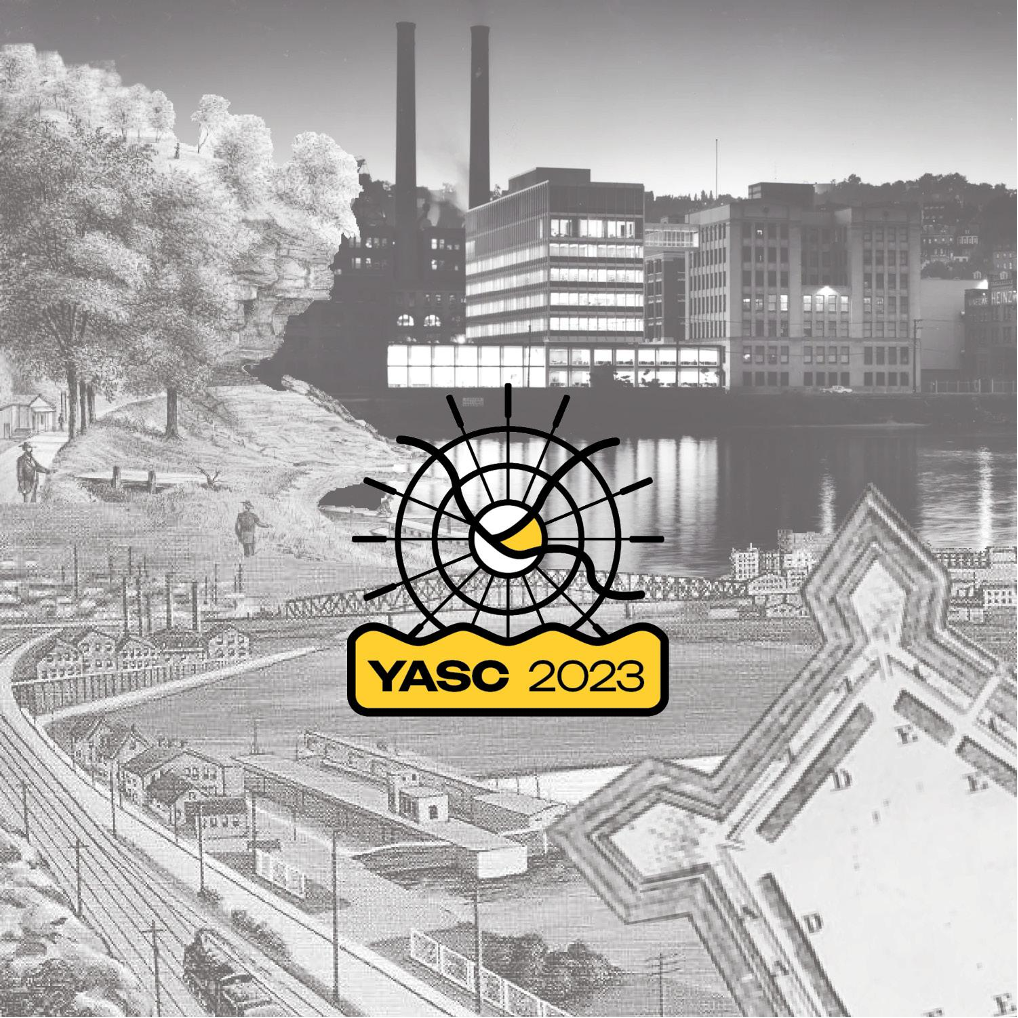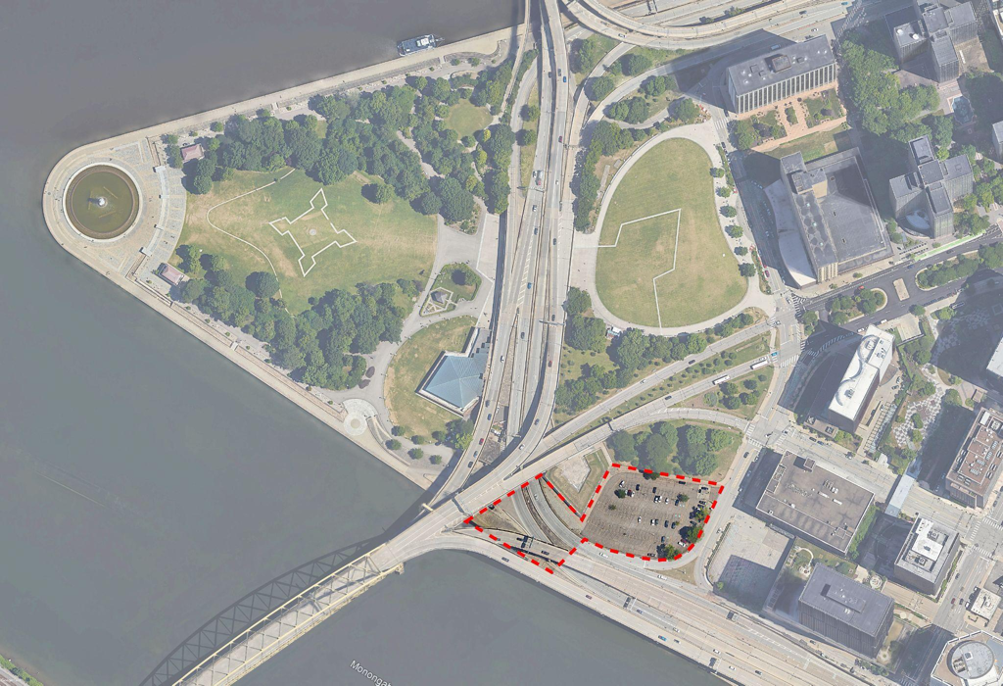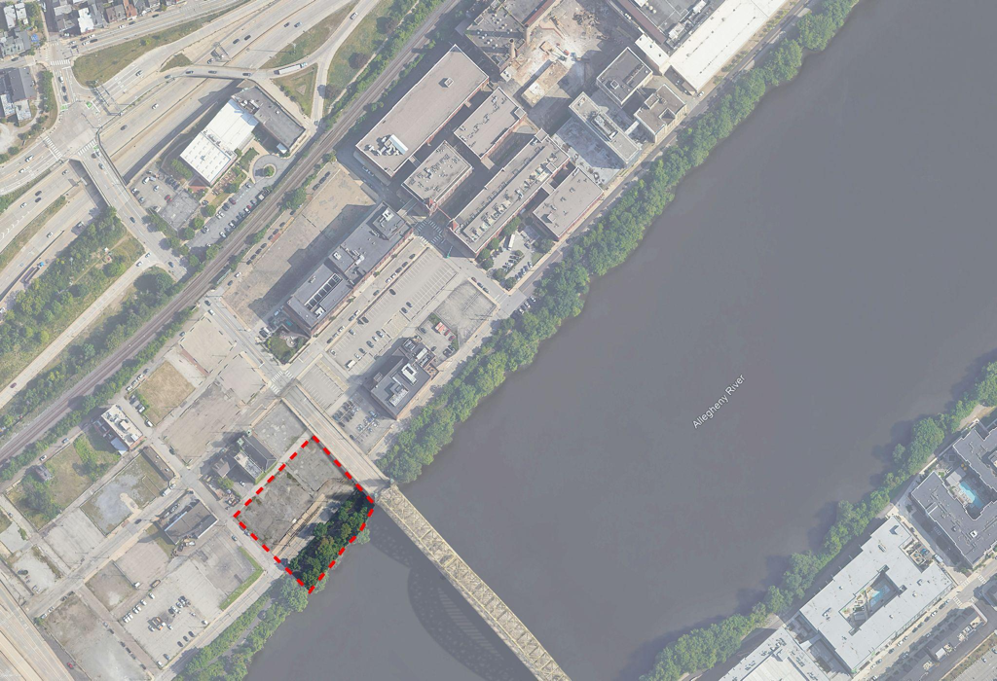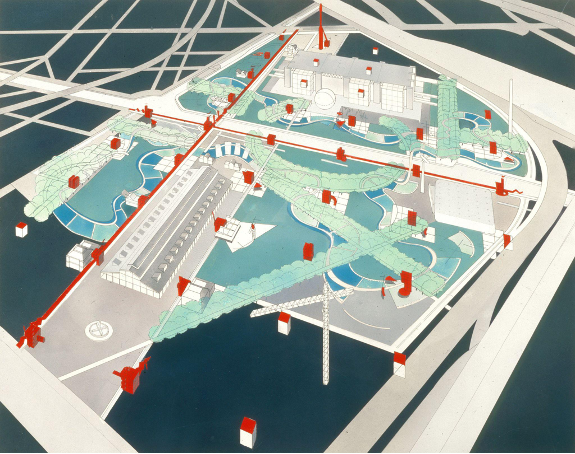The 2023 Young Architects Studio Competition


Welcome to the Young Architects Studio Competition 2023, “The Confluence: River Travel Past, Present, and Future.” Now in its 13th year, the goal of this competition is to engage young architects, emerging design professionals, and students to find new and innovative ways to approach a regional design challenge.
For this year’s competition we invite visionary architects, designers, and urban planners to reimagine the riverscapes of Pittsburgh and create a series of four innovative sites for river travel and connectivity. This competition seeks to celebrate the unique identity of the three rivers – the Allegheny, Monongahela, and Ohio – while fostering sustainable and accessible pathways that enrich the urban experience and enhance the city’s relationship with its waterways. In preparation for the 125th Anniversary of the Pittsburgh Chapter of the American Institute of Architects, we ask contributors to consider the past, present, and future of these sites along the river.
The cultural history of the three rivers that converge in Pittsburgh – the Allegheny, the Monongahela, and the Ohio – is a tapestry of geologic transformations, human civilization, trade, exploration, and industrialization. Throughout the centuries, these rivers have played a pivotal role in shaping the city’s identity, economy, and social fabric—their placid waters belie their active participation in shaping the city that we know today. Here’s a brief overview of their cultural history:
Native American Presence: Long before European settlement, the region around the three rivers was inhabited by various Native American tribes, including the Lenape and Shawnee. These indigenous peoples relied on the rivers for transportation, fishing, and as a source of sustenance. The rivers served as vital trade routes, connecting tribes across the region.
Colonial Exploration and Settlement: In the mid-18th century, European explorers, particularly French and British, began to explore and lay claim to the lands around the three rivers. In 1758, British forces, led by General John Forbes, captured Fort Duquesne (French fort) and established Fort Pitt, later becoming the heart of Pittsburgh. The strategic location at the confluence of the rivers facilitated trade and spurred settlement.
River Trade and Industrialization: During the 19th century, the rivers played a central role in the city’s rapid industrial growth. The construction of canals and the development of steamboat transportation allowed for efficient movement of goods and raw materials, turning Pittsburgh into an industrial powerhouse. The region’s abundant natural resources, including coal and iron, further fueled the rise of steel mills, factories, and other industries along the riverbanks.
Riverfront Communities: The rivers served as a focal point for the development of riverfront communities, which flourished with diverse immigrant populations seeking work in the industries. Neighborhoods like the North Side, South Side, and the Strip District emerged, each contributing its unique cultural heritage to the fabric of Pittsburgh.
Recreational and Cultural Significance: As industries declined in the 20th century, the rivers began to take on a new role as centers for recreation and cultural events. Riverfront parks, trails, and entertainment venues sprouted along the banks, drawing residents and visitors alike. Events like the Three Rivers Arts Festival and the Pittsburgh Regatta became annual traditions celebrating the city’s cultural richness.
Riverfront Revitalization: In more recent years, the city has undergone significant riverfront revitalization efforts, seeking to reconnect with the rivers’ natural beauty and promote sustainable development. The transformation of former industrial sites into green spaces and mixed-use developments has reinvigorated the riverfront areas, fostering a sense of community and pride.
Today, the three rivers continue to be integral to Pittsburgh’s cultural landscape, providing a scenic backdrop for daily life, events, and festivals. The bridges that span the rivers are iconic symbols of the city, reflecting its legacy of engineering prowess and connections between neighborhoods. The rivers are not only a reminder of the city’s industrial past but also a source of inspiration for its future as a vibrant and forward-looking metropolis with a strong sense of community and cultural heritage.
Your challenge is to design a series of four interconnected sites along the banks of the rivers, each addressing a specific aspect of river travel, recreation, and community engagement. Your proposals should envision vibrant and inspiring spaces that reflect the culture, heritage, and natural beauty of Pittsburgh. Key elements to consider in your designs include:
River Travel Hubs:
Create innovative river travel hubs that offer efficient and accessible transportation options, such as water taxis, ferries, or electric boats. These hubs should serve as gateways for both residents and visitors, promoting a seamless and enjoyable river journey experience.
Riverfront Recreation Spaces:
Design engaging and multi-functional recreation areas along the riverbanks, providing opportunities for leisure activities, sports, cultural events, and social gatherings. Consider features such as green spaces, waterfront promenades, plazas, and recreational facilities.
Ecological Connectivity:
Emphasize the importance of ecological connectivity and restoration in your designs. Incorporate measures that enhance biodiversity, protect river habitats, and promote sustainable environmental practices within the urban context.
Cultural Integration:
Integrate elements of Pittsburgh’s rich cultural heritage into your designs, such as public art installations, interpretive exhibits, and spaces for community-led activities. Celebrate the city’s history while envisioning a progressive and inclusive future.
Sustainability:
Incorporate cutting-edge sustainable practices in your designs, focusing on energy-efficient architecture, renewable energy sources, water conservation, and responsible material selection to minimize the environmental impact of the proposed sites.
Accessibility:
Ensure that your design proposals prioritize universal accessibility, making the river sites welcoming and inclusive for people of all ages and abilities.
Site 1: McKees’s Rocks Indian Burial Mound

Site 2: Fort Pitt

Site 3- Monongahela Lock 1

Site 4- Heinz Headquarters


Parc de la Villette by Bernard Tschumi provides an example of the kind of network of spatial interventions we are asking you to consider across the 4 sites. You may dive as deeply as you wish into the individual sites, but you should at a minimum show how the sites relate to each other on a system wide scale.
Enter the competition as an individual or create a design team!
Entrants are welcome to submit individual entries or design team entries. Individual entries must come from either an architecture graduate, or undergraduate/graduate student.
Architecture Graduates:
Individual architecture graduates, who have been out of school for no more than ten years, are eligible to enter this competition. Entrants may or may not be licensed to practice architecture. AIA membership is not required, however, entrants must be located within AIA Pittsburgh’s 11-county chapter area.
Architecture Students:
Individual architecture undergraduate or graduate students, who are currently enrolled in an architecture program, are eligible to enter this competition. AIAS membership is not required, however, entrants must be currently studying in or have a home address within AIA Pittsburgh’s 11-county chapter area. [see KD comment in email]
Design Teams:
The teams must be led by an architecture graduate and/or student. Teams can include graduates, who have been out of school for no more than ten years, or undergraduates/graduate students in a design industry related field which can include, but is not limited to, engineers, landscape architects, or artists. All team members must be located within AIA Pittsburgh’s 11-county chapter area.
Site 1, The Ohio: https://drive.google.com/drive/folders/1cpuBwX3GrZJCCmF7loRRofsSIJZtqOII?usp=drive_link
Site 2, The Point: https://drive.google.com/drive/folders/1HEdrUiTHpIPn23jzWKRkjQ0Aj4Vw3FEp?usp=drive_link
Site 3, The Monongahela: https://drive.google.com/drive/folders/1lAWtknu6zypTfB2rxwe_NhBPxq-kiDIb?usp=drive_link
Site 4, The Allegheny: https://drive.google.com/drive/folders/1dnY-0L-WEn426163FE90QGuDbQzSkrGK?usp=drive_link
For research inquiries, the City Clerk’s office at 412-255-0873 or email archives@pittsburghpa.gov
All judging will be completely anonymous.
Judges will consider the following:
The YASC entries will be judged by measuring the architect’s performance against each project’s potential and not in competition with each other. Thus, each project will be assessed based on the designer’s skill in optimizing their unique design opportunity.
The winner (or winning team) will receive a check for $300
All project entries will be submitted via DropBox.
Note: If you do not have a DropBox account, you will be prompted to create one when you receive the invitation. Those who submit a proposal per the submission requirements below will receive a complimentary ticket to the Design Awards ceremony.
Deadlines
Monday, September 25th, 2023, 4:00PM: Submission Request Forms must be submitted to the AIA Pittsburgh office by 4PM. Please submit by email to info@aiapgh.org with subject “2023 YASC Submission Request”
Sunday, October 1st, 2023, 11:59PM: Project submissions must be received by AIA Pittsburgh via DropBox by midnight to be eligible for judging.The winner will be announced at the AIA Pittsburgh Design Awards (October 12th).
For each project entry, please include the following items in your electronic submission folder via DropBox.com:
Design Submission: For Jury Use. There should be no reference to the author’s identity in any of the Design Submission files.
Publication & Print Images: Images used for print, web, and exhibit publication should be the best representation of the designer’s solution to the design challenge. These may be shared with media outlets, shown in an AIA digital gallery, or shown in AIA social media channels.
AIA Pittsburgh assumes no liability for original drawings and other submission materials or loss or damage to any part of the submission. AIA Pittsburgh retains the right to reproduce any of the submission materials in its publications, educational programs, and web site, and guarantees that credit will be given to the designer. Please check all information for correct spelling and accuracy since it will be used for publication. By making a submission, the entrant agrees that the information contained in this form is correct and complete, and that the entrant will hold harmless AIA Pittsburgh for any and all damage arising out of the use of the information contained herein. Any errors or omissions are the complete responsibility of the entrant. The entrant further certifies that permission has been obtained from the owner, developer, and photographer of the project to publish photographs, drawings, and other information included in the submission (and releases and authorizes AIA Pittsburgh to use all such materials).